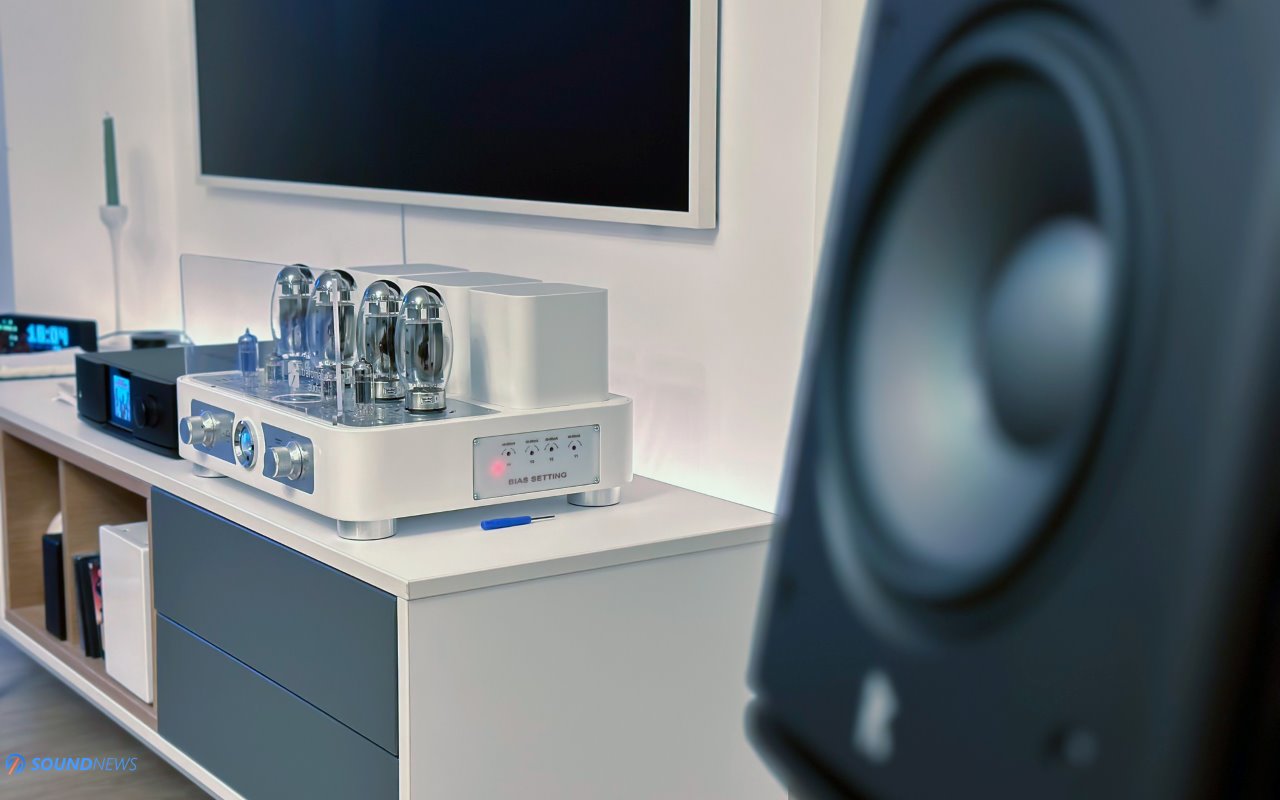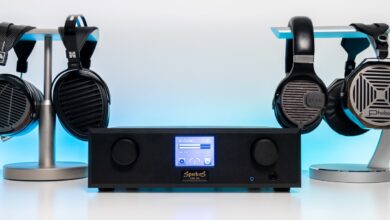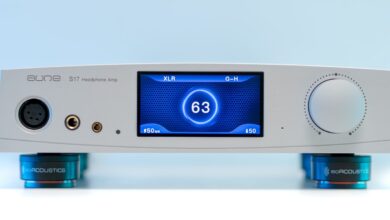Trafomatic Audio EOS Integrated Review – Humans and their wonderful music making machines
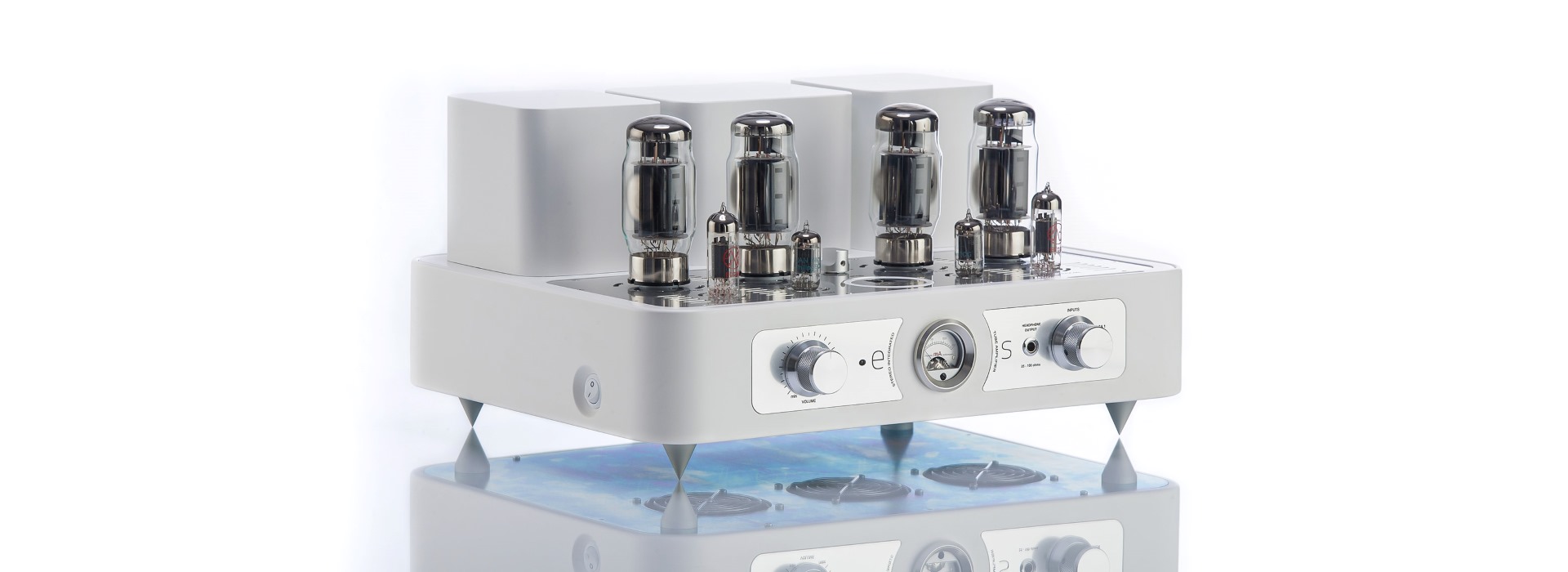
A story about humanity, love, and music.
In the Beginning, there was Nothing
On the historical January 3 and January 24 of 2004, the twin siblings Spirit and Opportunity landed on Mars surface carrying humanity’s hopes and dreams, a big burden was put on their shoulders. To everyone’s surprise, everything worked fine, as both rovers landed safe and sound on Martian dusty red soil. From the very beginning, Opportunity proved to be different from her twin sister even if both were identical, built at the same factory. Still, as humans started to call for her throughout space, Oppy proved to be less finicky and less prone to failure. Built to last only 90 sols (Martian days), in the end, both showed great resilience, traveling so much further. Spirit lasted 20 times longer than its original design until it concluded its mission in 2010. Oppy worked on Mars much longer than any other robot – nearly 15 years, breaking the records for extraterrestrial travel by driving a longer distance on extraterrestrial soil than that of a marathon.
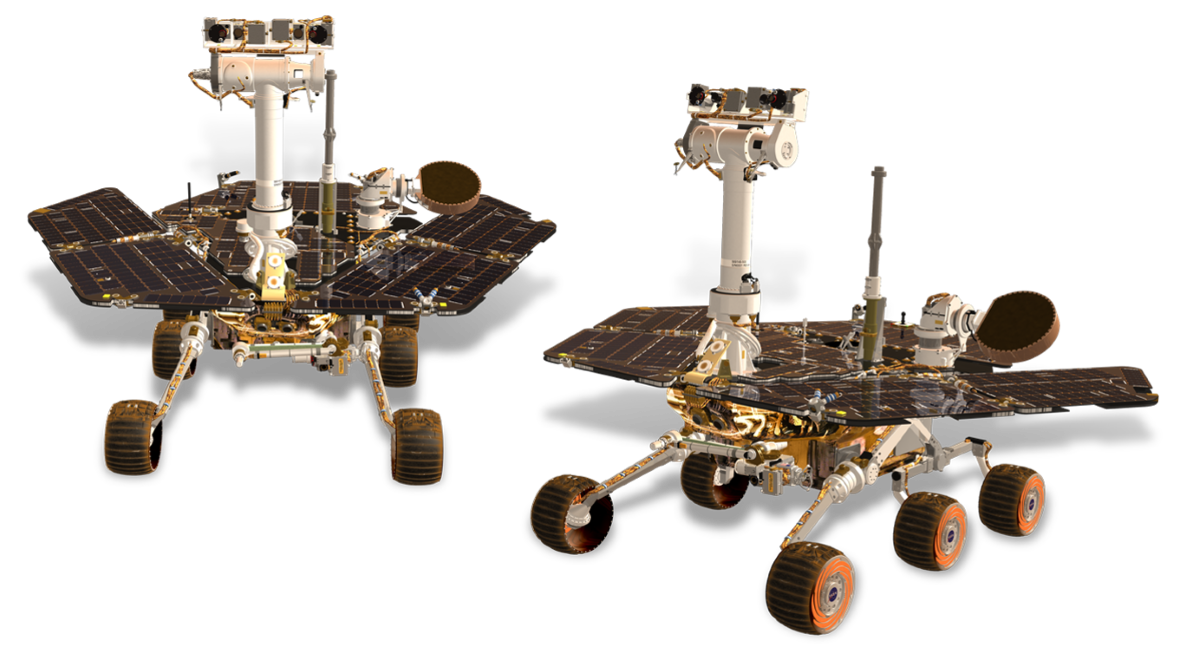
With human-like characteristics embodied in the design (tall as humans, they even have facial resemblance with stereo cameras) and years of working together, it’s no wonder that human emotions were part of their inner fabric. They were so much more than just robots and not because they got full autonomy – the sisters should make their own decisions as communications between Earth and Mars could be delayed between 4 and 20 minutes, depending on the distance between them or any other celestial bodies that could lie in the midst of.
A strong bond was forged in between the sisters and their human creators after years of hard work as a team. Oppy and Spirit were treated from the very first step as any other human crew member: both were taught, trained, and tested together with their human counterparts. They share the hope to find water and any infinitesimal signs that Mars could have sustained microbial life if any existed. Humans’ ultimate goal was their goal as well – to find life! To prove that we are not alone in the universe and that other sentient beings can share, perhaps, our emotions, creativity, and love. We sing that song in our hearts for a very long time by now…

EOS and the Gates of Dawn
In Greek mythology, Ēṓs goddess rose each morning from her home at the edge of the river Oceanus to deliver light and disperse the night. Without her, there won’t be a first light from the mighty Sun at the edge of a new day. She was a goddess like no other, so beautiful that Aphrodite cursed her with an insatiable lust for mortal men. She was cursed with Love.
The goddess of the dawn Eos was always described with rosy fingers or rosy forearms as she opened the gates of heaven for the Sun to rise. Although often her job seems to be done once she announces Helios’ arrival, in the Homeric epics she accompanies him throughout the whole day and does not leave him until sunset and thus, she is even seen during dusk. She was giving the first light and then took it away.
Eos’s team of horses pull her chariot across the sky and are named in the Odyssey “Firebright” and “Daybright”. Quintus described her exulting in her heart over the radiant horses (Lampus and Phaëton) that drew her chariot, climbing the arc of heaven and scattering sparks of fire.
The delicate and fragile beauty of her appearance seems to be in total contrast with the carnal nature that was often attributed to her. She was as powerful as she was fragile and beautiful.
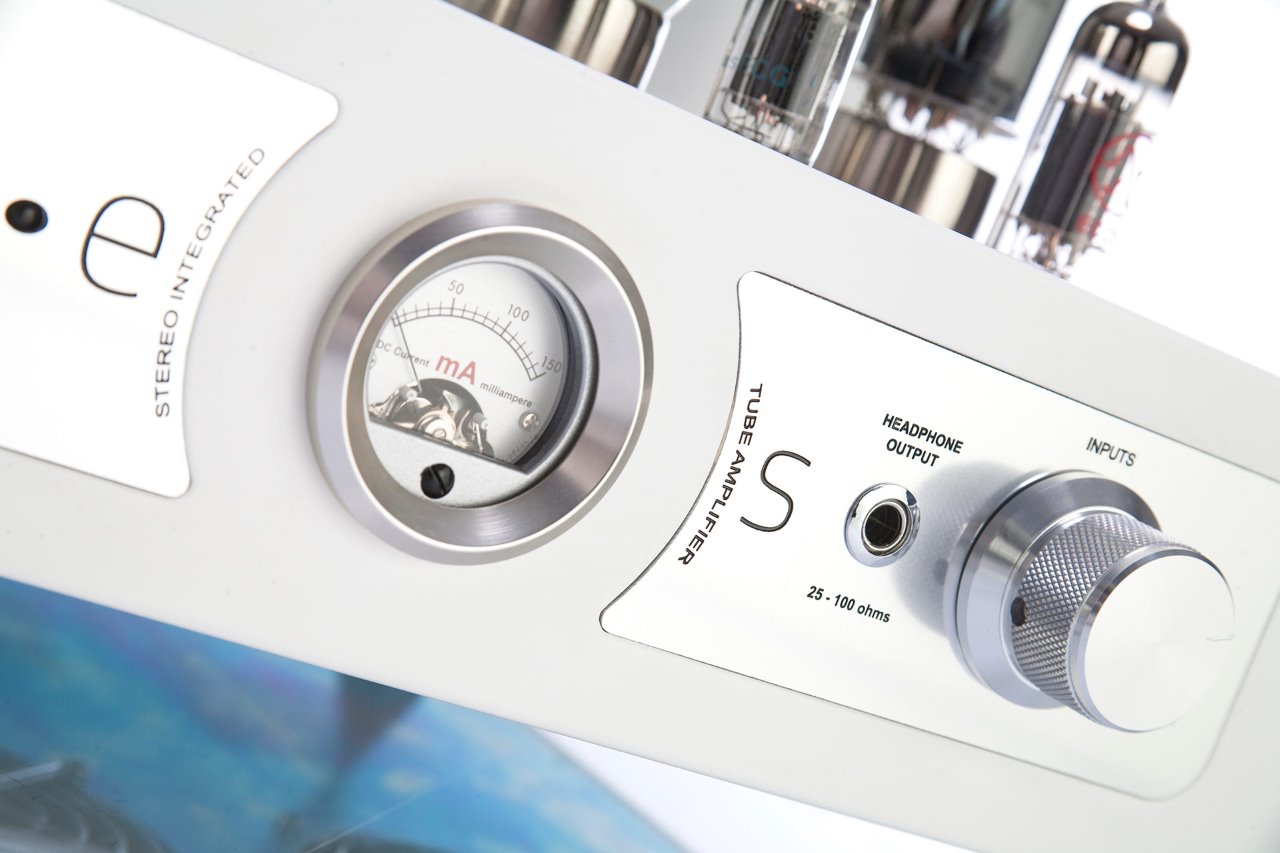
A Beautiful Day
More than two years ago, on a sunny winter morning, I traveled to Suceava with three of my close friends, music lovers, and true audiophile male specimens. They were more knowledgeable and even more passionate than me. We shared the friendship and the deep curiosity for whom and what we were about to encounter.
We were heading to Rockna headquarters and factory. We were about to meet a legend and discover another mythical creature that I had no idea existed…
Before uncovering the full story, for those of you who don’t know, Rockna is a brilliant company from Suceava, Romania, building state-of-the-art audio equipment like DACs, network streamers, servers, and headphone amplifiers (for now), which are known and applauded all over the world. The mastermind of this wonderful endeavor would be Nicolae Jitariu, known as Nucu to his closest friends.
I met our host that day in a wow state. I expected to see industrial soldering machines, lots of cool components, soldering, building, and test benches. What I did not expect was our guest heart warm welcome, his listening room, and the incredible magic that happened the following hours. I walked in thinking of cool photos of highly sophisticated machines that I could shoot…but I shot none. Not because it was forbidden. It slipped my mind as I even forgot to breathe from time to time…
After finishing our factory tour, we ended up in an intimate listening space of our gracious host who prepared an audiophile feast with the creme-de-la-creme of Rockna creations: Wavedream Signature XLR DAC & Wavedream NET server and streamer. We auditioned a few speakers that day and one remained imprinted in my brain, a small-ish horn-loaded stand-floor but incredibly beautiful called Blumenhofer Genuin Serie. We learned about those „monstrous” creatures throughout our tour, but I didn’t know what to expect. My friends were more experienced than me and I could see their eyes wide open, expectancy was building up as uncontrolled dumb smiles started showing on their faces.
What threw me off balance was a white creature sitting atop a rack, just on the right side as we entered the room. It was like my dreams of industrial design were ripped off my mind and someone more skillful than me did something „real” out of it. A clean, minimalistic design, a white beauty in a world of dark beasts, with rosy delicate glowing tubes, shining light down upon a semi-dark room. It had no corners, rounded with smooth and gentle curves, elegant spiky legs, fragile and beautiful intricate glowing tubes. A modern design perfectly showing the glorious mid-century inherited accents.
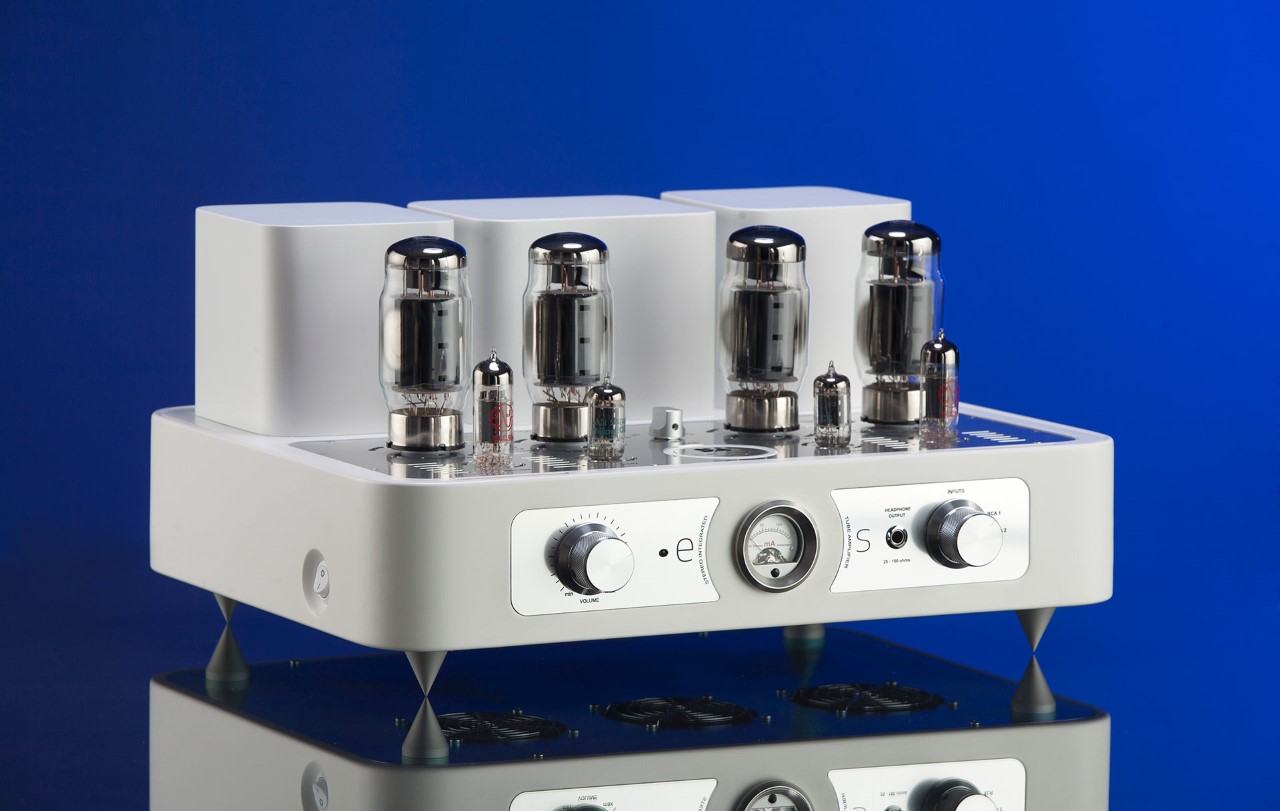
I had to instantly ask – what is that?
– Oh, that’s a tube amp, replied Nucu with his smooth and calm voice. It’s produced by our friends in Serbia, Trafomatic Audio. Their designer Saša Čokić is a very talented amp designer and more than that, Trafomatic builds for us all the high-quality toroidal transformers that we use in our products. You know…. for this kind of amplification the transformers are very important…
I couldn’t wait for Nucu to finish, as he spoke the last sounds of the phrase (I know, one of my stupid behavior when I am excited) I had to ask – how is it called?
– It is EOS, one of the most powerful amplifiers they are making. EOS.
– Of course! It can not be anything else but EOS…
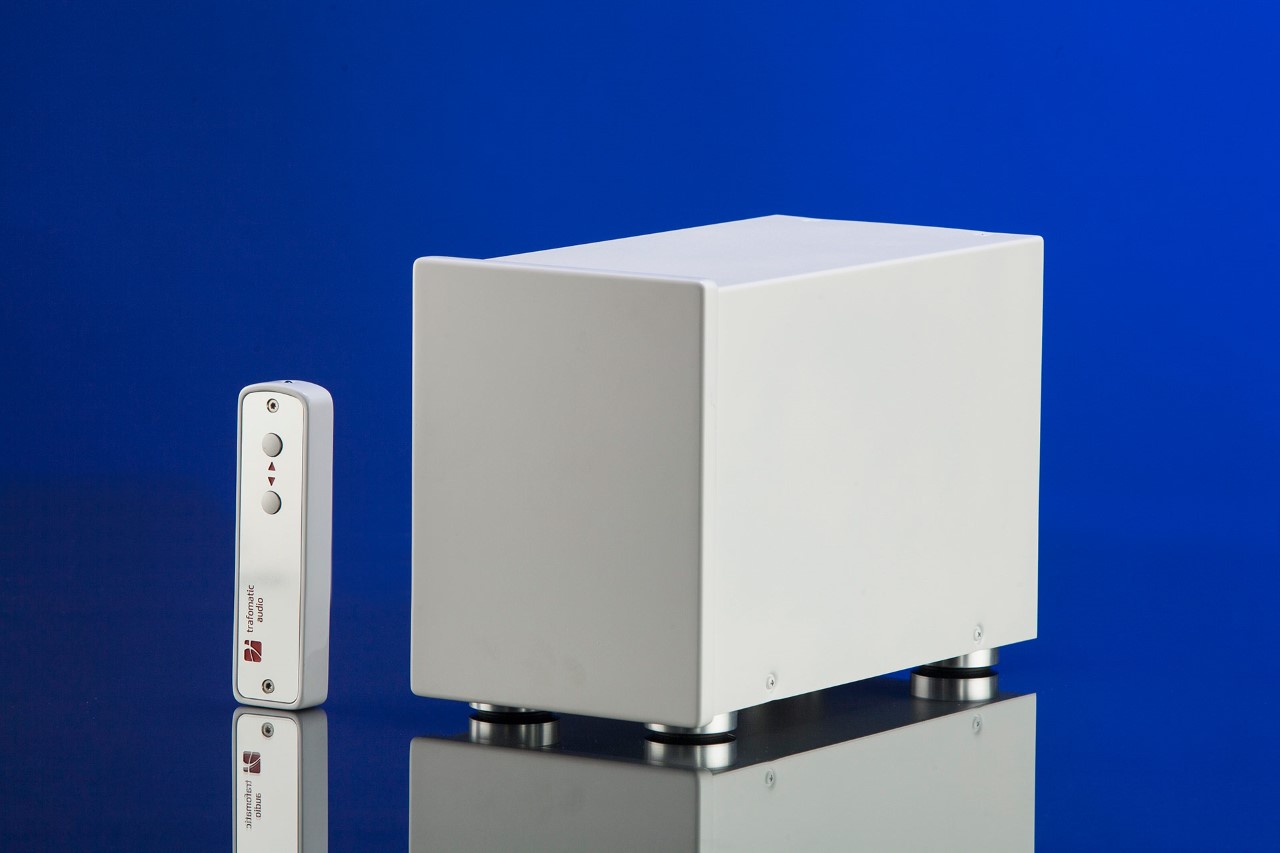
The Wake-Up Song
A tradition among human space flights has been waking up the crew with a song. With music. It’s called the wake-up song, but it’s so much more than a song. On space missions, the Earth crew should live, work and rest by the mission time, together with the astronaut’s pace of life. The wake-up song is a piece of music that has meaning in the true sense and carries the facts of the mission, the mood of the people, and the challenges that are going to be faced in the dawn of a new day.
Mars is a planet with a very similar day cycle to Earth. Its solar day is 24 hours, 39 minutes, and 35 seconds. A Martian day (referred to as „sol”) is therefore approximately 40 minutes longer than a day on Earth. As you can imagine, every day on Earth lived by Martian time will lead to a greater and greater difference in life cycles.
When I found out about those facts, I was deeply impressed. I learned all that from the spectacular Netflix series about Mars missions „Good Night Oppy” and NASA’s official website. It was opening a new door of incredible inquiries for me…
The first day on Mars for Oppy started with „Born To Be Wild (Best Of…) – Steppenwolf”. Sometimes, „Born to Be Wild” is described as the first heavy metal song, and the second verse lyric „heavy metal thunder” marks the first use of this term in rock music (not a musical style here but rather a motorcycle).
When the Spirit was not responding after a huge Martian storm and needed to be rebooted with all the enormous risk associated with this, „SOS – Abba, 1975 Abba” was playing in the morning call. it may not be the best music in the world, but you have to admit it…it is tremendously emotional.
„Here Comes the Sun – The Beatles’ Abbey Road album” lifted the spirits after more than a month of complete silence in desperate measures to preserve the batteries during the largest storm on the red planet observed by humans. It was a good choice, Oppy woke up and the journey continued.
So many critical moments or just ordinary monotone days were lived by the rhythms of such wonder that we are calling music. As humans, we are completely inseparable from our emotions and our music is truly part of us on such a deep level that even in our most rational moments we need to find the meaning and anchor ourselves in what we feel rather than what we know. It may be one of our flaws, but it is also our biggest human qualities by a long shot… Even our metal-clad creations are sharing a part of our souls.
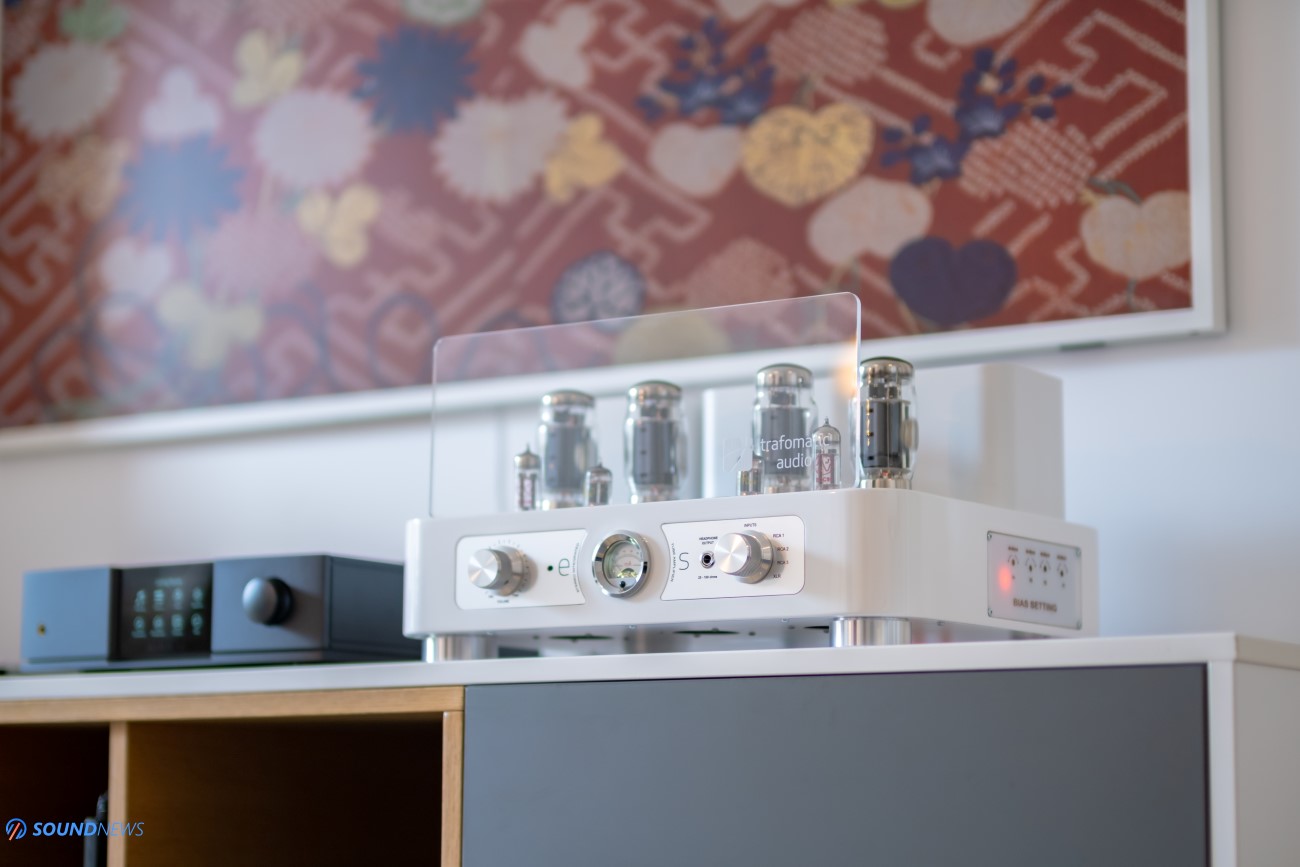
Two Years Later
On that day at Rockna’s home, I have learned quite a lot. Nucu had the patience to explain the importance of good transformers in tube amplifiers. I learned the differences between push-pull and single-ended designs. The output power that can be achieved is higher than the continuous dissipation rating of either transistor or tube used. Moreover, Class A mode is available up to a point where the output current is twice the value of the bias current.
I learned about Trafomatic’s outstanding manufacturing process of audio-grade transformers and why it’s so important to have a good power reserve. I heard EOS in all its splendor and I was very impressed. I remember like it was yesterday, sitting in the car on the way back home I had the feeling that I will again listen someday to that beautiful glorious voice.
Two years later and it arrived at my front door. Well, not as simple as that, as I had to help the courier dragging it from the van. It came in two boxes, one having 35 kilos, and another 15. The goddess OES traveled in wood crates as she traveled along history, or maybe she is still hidden in a secret museum’s basement for thousands of years.
The EOS is one of the few integrated amplifiers that have a separate power supply, a substantial one indeed, since it hides a power transformer with a capacity of 800VA, no less. We are used to a traditional layout in tube amps: three boxes on the back, a power transformer in the middle, and output transformers sitting on each side, with the tubes taking the front stage. It seems that EOS has an ace under its sleeve – a separate power supply sitting in a secondary enclosure. It makes perfect sense, especially if you are one of the few who makes audio-grade transformers, which are one of the most expensive parts of amplifier designs and a crucial key to the final performance. Why not go as far as possible? EOS is a 100W per channel beast, out of which the very first 10W are being delivered in pure Class A and the maximum power burst reaches 500W! It’s clear how excessive and insatiable our lady is in that regard…
With a C-L-C filter separated for each channel and output transformers based on a Double-C core configuration, Solen fast capacitors throughout, EOS is using 4 x KT120 Tungsol tubes as the power stage and another 2 x ECC99 and 2 x 5687 tubes. It allows for tube rolling but more about that a minute later.
I chose the integrated version of EOS. I did not want to mess with another piece of equipment like a preamp. I know… it may have huge benefits but did you checked the prices of really good tube preamps lately and of additional pairs of power and interconnect cables? Maybe later.
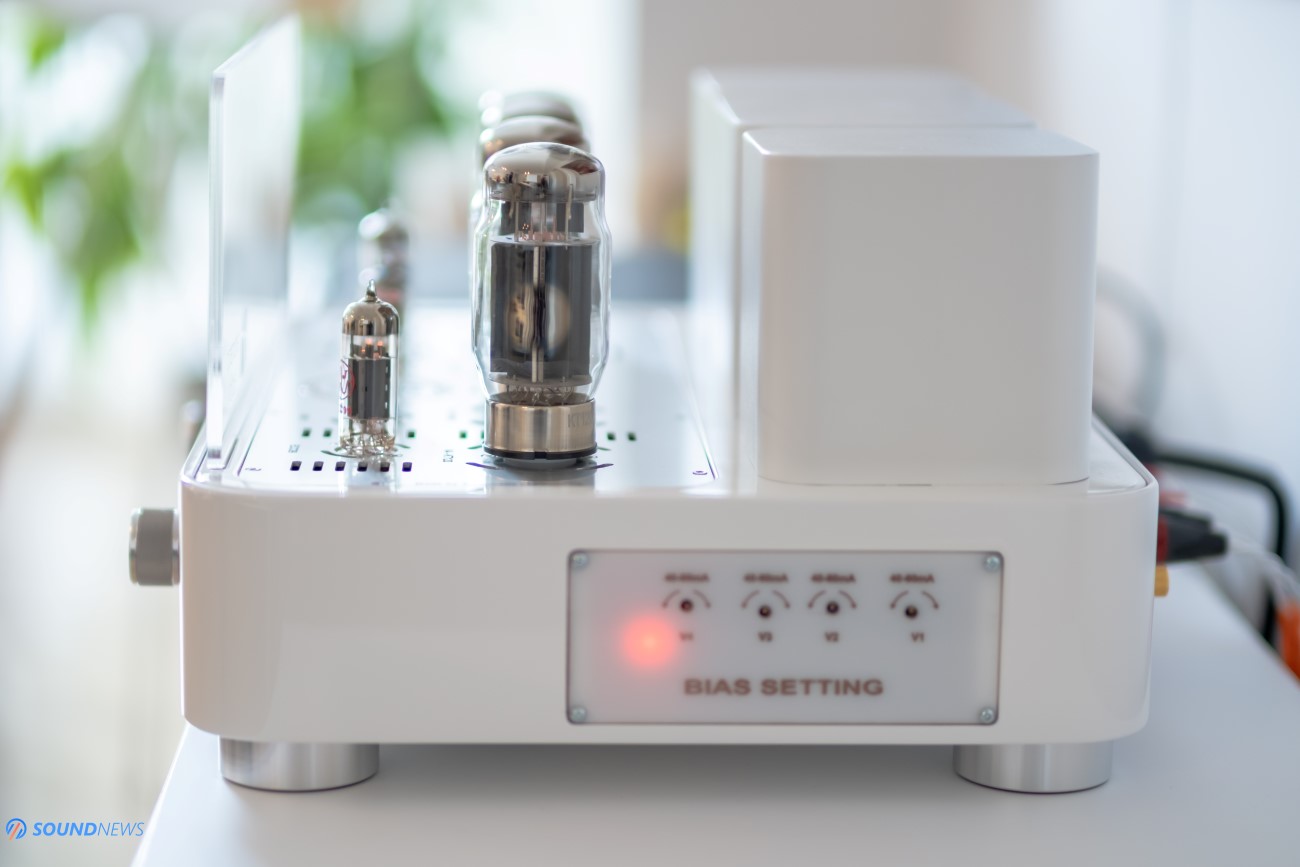
Design & Build Quality
EOS will become one of the room attractions, that is for sure. It’s big and mine came in beautiful white paint, with curvy lines, even the transformer’s housings on the back are perfectly rounded pillars, which seem to be taken from the latest Apple design philosophy of cleanliness and simplicity.
It’s heavy, too heavy. I would recommend two people if you want to carry it around. And then the tubes are impressively exposed in all their glory. Despite other tube amps, EOS does not have an ugly cage to hide those true power makers. Like the goddess herself, it will show all the gems of light to the world. Still, it has an acrylic front glass to protect innocent or curious little buggers.
If needed, the power box can be hidden away from curious eyes, it won’t get hot after a few hours of use and it’s connected to the main unit by an umbilical cord.
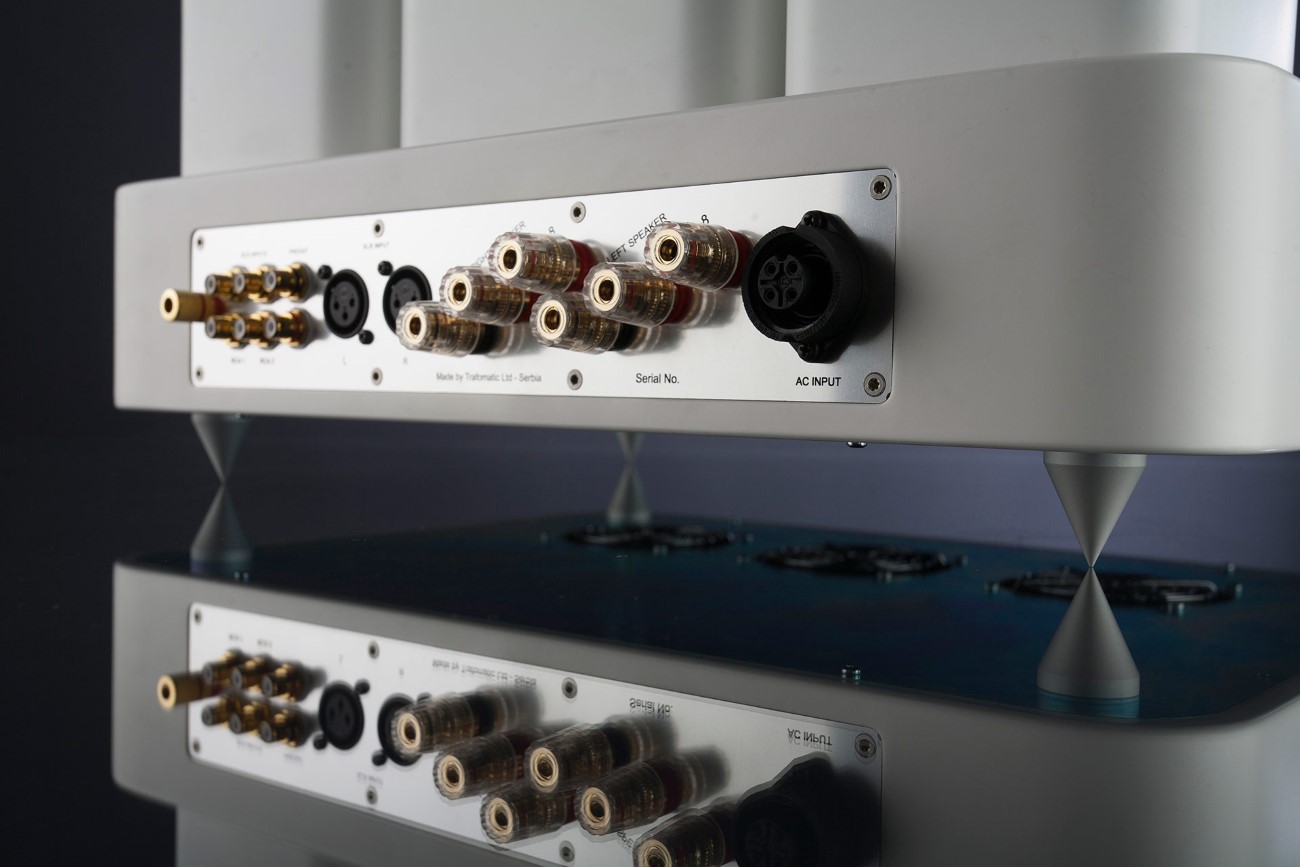
Controls & Connectivity
On the front panel the integrated version has a volume attenuator on the left and a relay input selector on the right. In the middle, you can see an ampere meter that is used for manual biasing of the power tubes. The rounded, lighted gauge is also the „O” letter from the name of the mighty goddess. In a corner, you can spot a 6.35mm headphone output, with an impedance of 25 to 150 Ohms and it isn’t a slouch either, providing 3W into 50 Ohms.
On the back of the unit, you can spot the power connector, 4/8 Ohm separated speaker binding posts, a pair of balanced XLR inputs, two pairs of RCA inputs, a pair of RCA preamp outputs (it could accommodate even two subwoofers), and a ground connector.
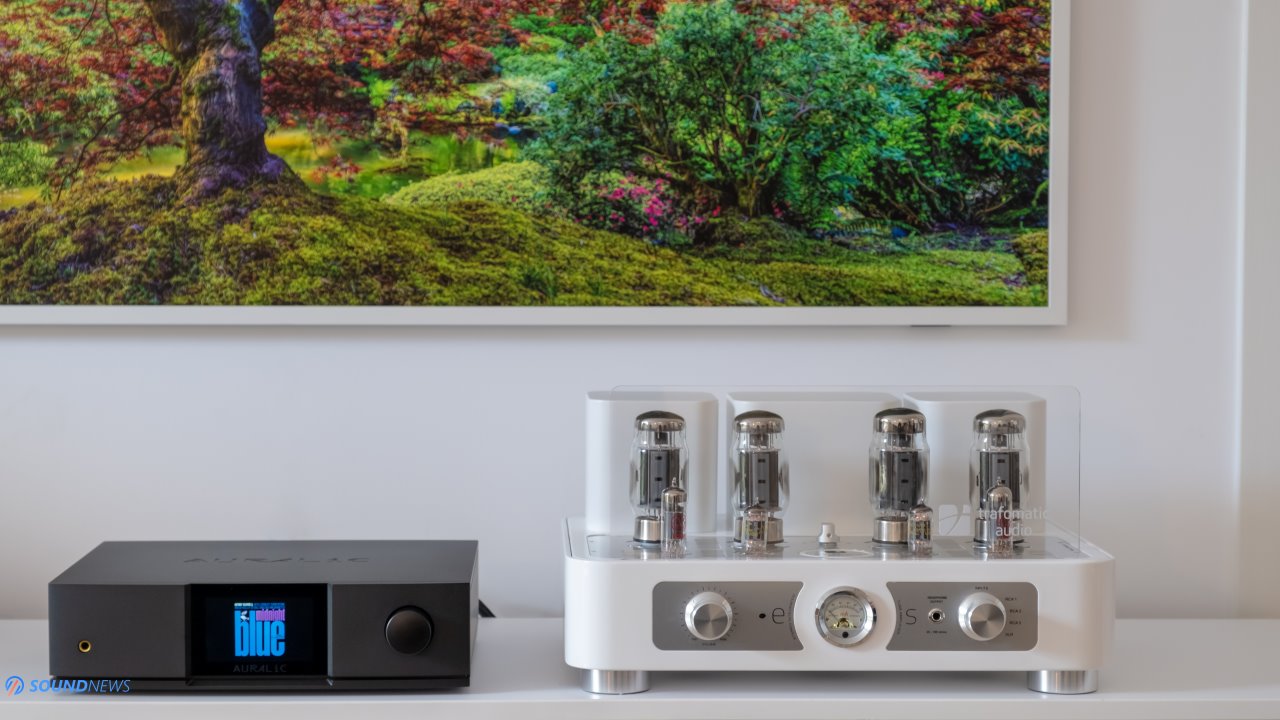
First Setup
Being a point-to-point hand-wired machine, with no circuit boards except for the preamp and logic boards, we should expect the simplicity demanded by the shortest signal paths. You won’t see additional circuits added to the signal path. At its core, this is a purist design and even if there is a remote control and a motorized volume pot, very few compromises have been made.
There is an educated opinion among hardcore audiophiles who believe that constant biasing implementations, especially on less than state-of-the-art designs (read a leg and an arm type of expensive) are prone to failure and cannot be considered end-game material. Anything that influences the signal, will degrade the transparency and cripple dynamics at the end of the day. That’s what they say…
And that is why, Trafomatic guys went with the purest and simplest form of things, choosing to use a manual biasing technique and not an automatic one. I had to read the manual as the biasing is not difficult but it’s important to be made on the first use. Those gauges need to be checked after a few hours of use and later on, maybe once per week.
All you have to do is to let it warm up for a few minutes, grab the tiny screwdriver provided in the package, change the dials corresponding to each power tube (four in total), and adjust the corresponding screw until the ampere meter shows exactly 50mA. It’s really that simple. After that just listen to music carefully and attentively.
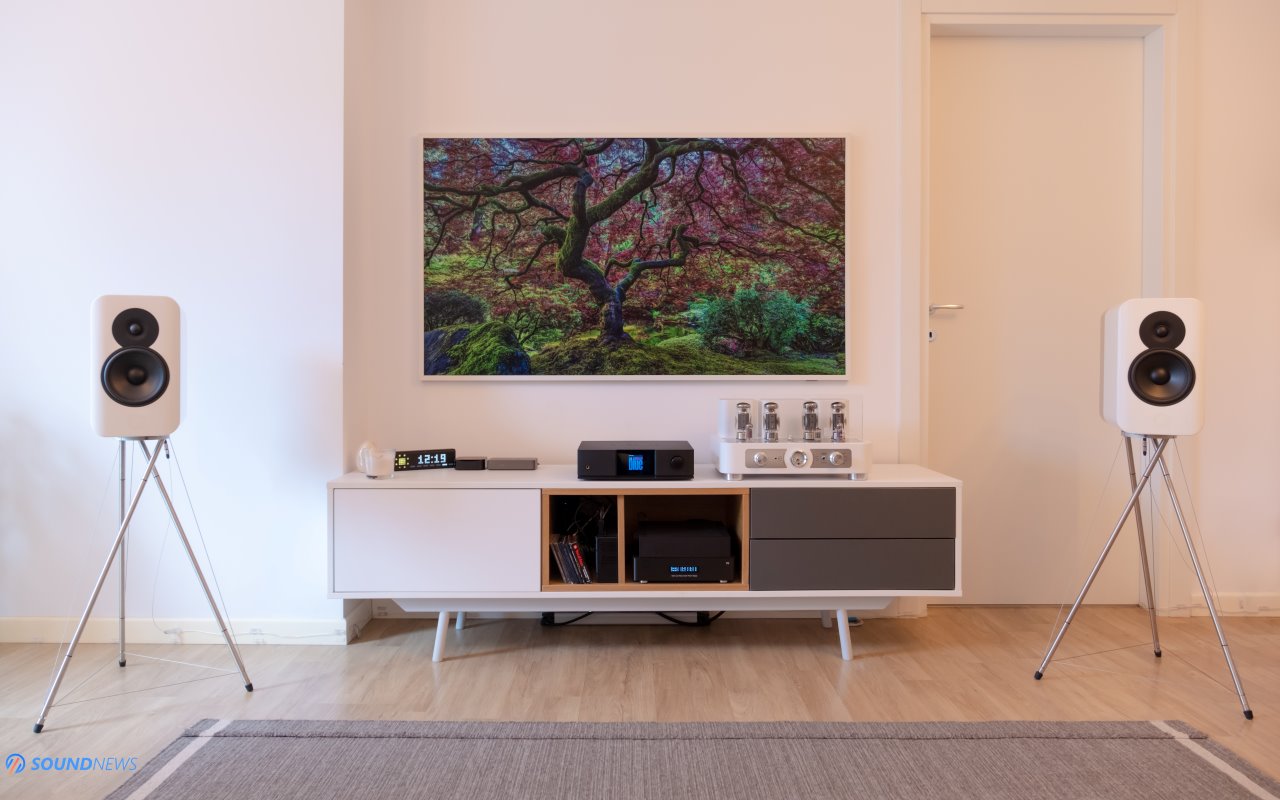
Test Equipment
Trafomatic EOS integrated will replace a Naim Uniti Star in my system, a 70W Class AB all-in-one combo that worked as an integrated/streamer/DAC. I think I’m ready.
The speakers being used will be more than a pair. Insatiable as it is, I expect the mighty goddess to demand a few performers until she can settle for a while. Who knows if there will be a chosen one? Only time could tell, so continue to read if you want to find out.
In the beginning, it was a pair of Q Acoustics Concept 300 – civilized Englishmen, perfect dressing, and with naturally born impeccable manners.
Later on, some trendy Bowers & Wilkins 805 D4 took the stage, with their flashy diamond tweeters, Abbey Road Studios family heritage, and royal, wealthy parents.
In the end, the Vikings will arrive from Denmark, with raw power and brute beauty, advanced technology, and impressive conquests along the way, Raidho TD1.2 on their name, as the oldest runes known to mortals.
The cables are all Crystal Diamond Reference2: power, interconnects, and speaker cables.
For the source that replaces now the Naim (I use Auralic Altair G2.1 streamer and DAC, for simplicity), the Crystal Diamond Ultra2 cable will be used as a pristine power cord.
As a source, I briefly used a mighty Rockna Wavedream Signature balanced DAC and Wavedream NET, incredible machines that every time proved their higher status. Unfortunately, these were borrowed, leading to a powerful nostalgia after they left my home. Someday I’ll see them again, maybe when I’ll grow up…
The network is fiber optically isolated and the network equipment is powered by linear power supplies. I believe in at least minimal attention to detail and we know that what you give is what you get in the end. This is how the universe is working.
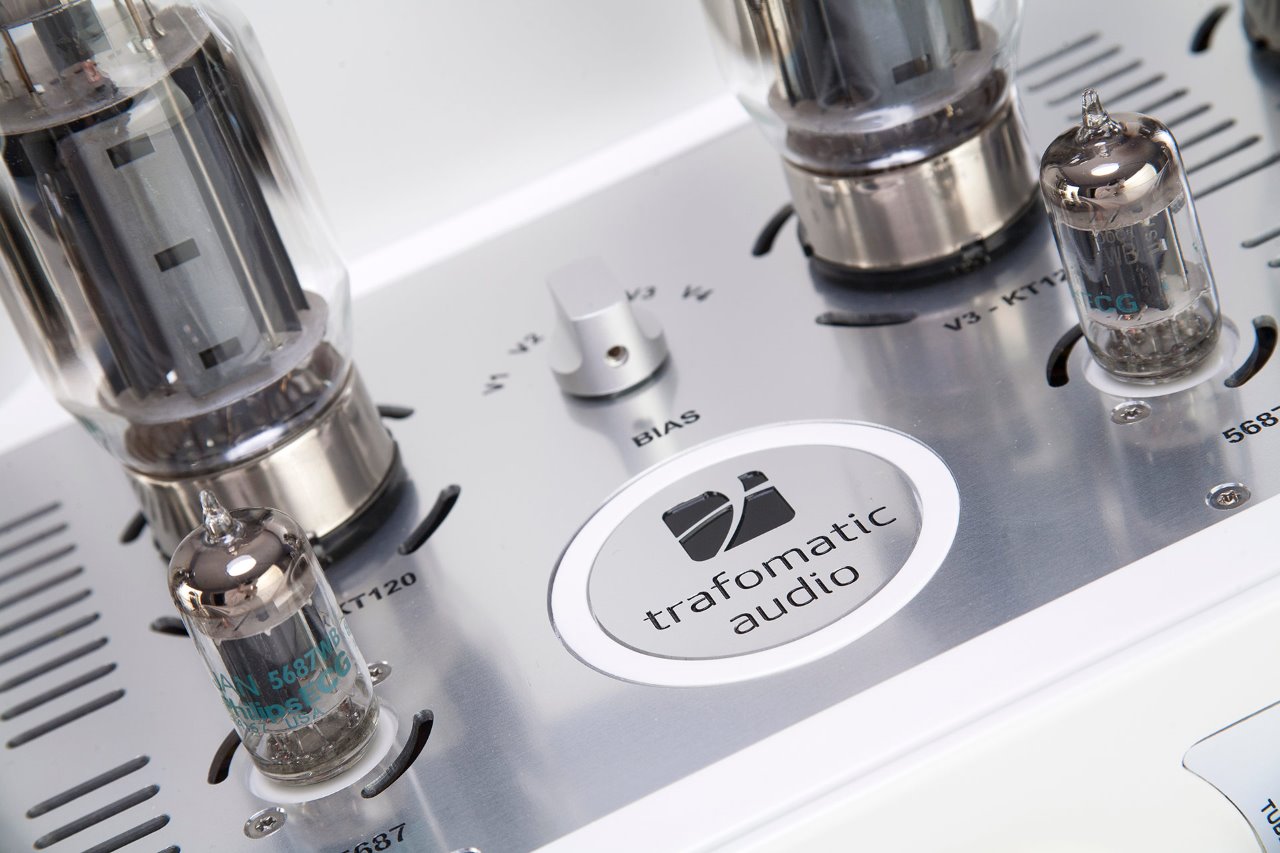
Sound Performance
It took six months for me to gather the experience described in here and that’s not because I’m lazy, although I am…
First of all, a minimum of 150 hours are required for a proper burn-in. Whether you believe it or not in this sorcery, tubes are known to require warming and cooling times to properly settle in and show their true potential. It is quite an audible transformation, especially in the bass region, with a high impact on openness and transparency. The dynamics were improved quite a lot during that time, and overall EOS began to have an articulate voice of its own.
Then, the dancing partners started to arrive and with each speaker, I discovered something different and I will try to share it with you. So, I hope the delayed story of this beautiful goddess will have a deeper meaning in the end, as I can describe now a more detailed and vivid picture of this gorgeous mythical creature.
Preliminary Sound Impressions
I was warned about the lack of bass punch in the beginning so I was aware of what to expect before the burn-in could be completed. I didn’t find any grayness in the upper frequencies but a gentle lack of transparency that was later changed so much for the better.
Still, in the beginning, I realized the tremendous potential that was laying dormant under its hood. This wasn’t a mellow, romantic-sounding amplifier, driven only by a holographic sound stage. The tube sound was there but the real bold character, cleanness, and transparency usually reserved for solid states seemed to prevail later on. Details were quite obvious, the attack of the instruments showed a rapidity that I was not expecting. This amp is fast and bold and for this reason, the sound is natural and effortless. There is something primal in the power of the music being translated immediately.
As I’m still waiting for the improvements and for the sub-bass region to become what it should be, I can’t stop wondering how much better it can become…
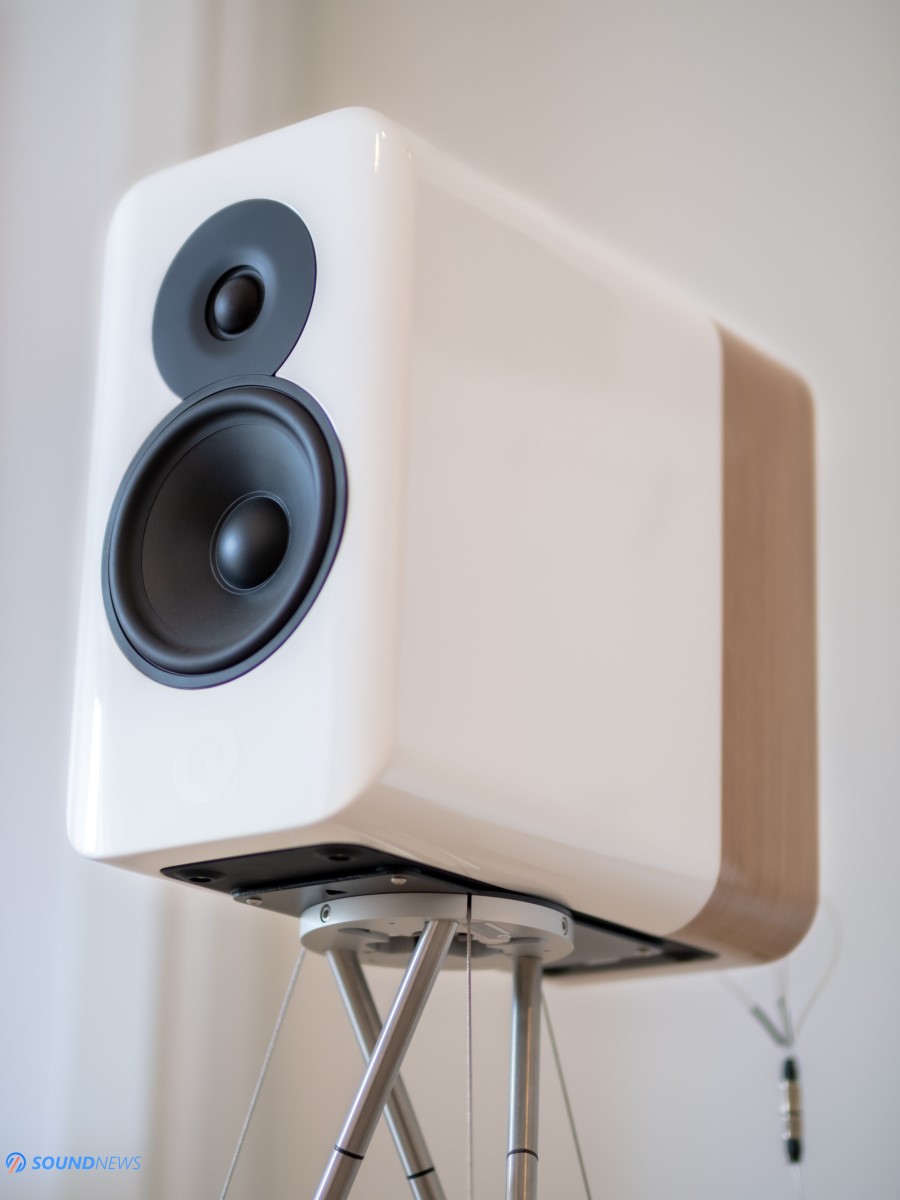
Q Acoustics Concept 300
Those were my daily driver speakers for quite some time now. Being a design freak, I really treasure the appearance of those bookshelves and just look at the pictures – see how many esthetic attributes they share with EOS?
The Concepts are true gentlemen in their appearance and sound. Always composed, free of any unwanted resonance by design, classy silk dome tweeters, and paper mid-bass cones, sounding linear and having a very natural midrange. Nothing shines excessively and they have to raise the tone a little more to get proper dynamics out of them. Conservatively rated as 55Hz, they never really rocked my 25-ish m2 living room. I tried stereo subs at one point, but never quite succeeded in their perfect integration.
For the first time, EOS was giving them a reason to live beyond the politeness and composure of their education. Transformed with an inciting verve, with a new passion and reason to move outside the ordinary, the Concepts started to show some punch, articulation and even moved faster than I saw them capable of. They transformed into something that I always hoped they will, but never were before. The incisiveness and speed received allowed for a more natural representation of percussion instruments, and more punch added to the feeling of a more complete musical representation. They were reborn, fresh blood was pouring through their veins now.
If Concepts do something perfect that is a great soundstage. They never suffered from an imperfect spatial representation and now the tubes are adding on top a wonderful 3D holographic sound. A match made in heaven.
I discovered more transparency coming from EOS and to my surprise, a lot of precision was showing up now, that got me thinking that I may be just scratching the surface. Truth be told…Concepts were never sparkling, or athletic. Those good-looking and perfectly built bookshelves were designed to show decency in any modern environment even with hard floors and empty walls. The extravagances stopped there at the margin of high-end territory, as they will never cross on the other side.
Still, EOS drove them close to the excitement even with the heavy burden of such a low 84dB sensitivity. The vocals were really good, I forgot most of the time as I was listening to something extraordinary, I just melted into the music. If it wasn’t for a few moments, of another truth unfolding, I could live happily ever after with this combination. But, as with the first ray of light at the dawn, we crave for more and we are always attracted by the pure light of the powerful Sun. I hopelessly felt the need to get the whole truth from my goddess.
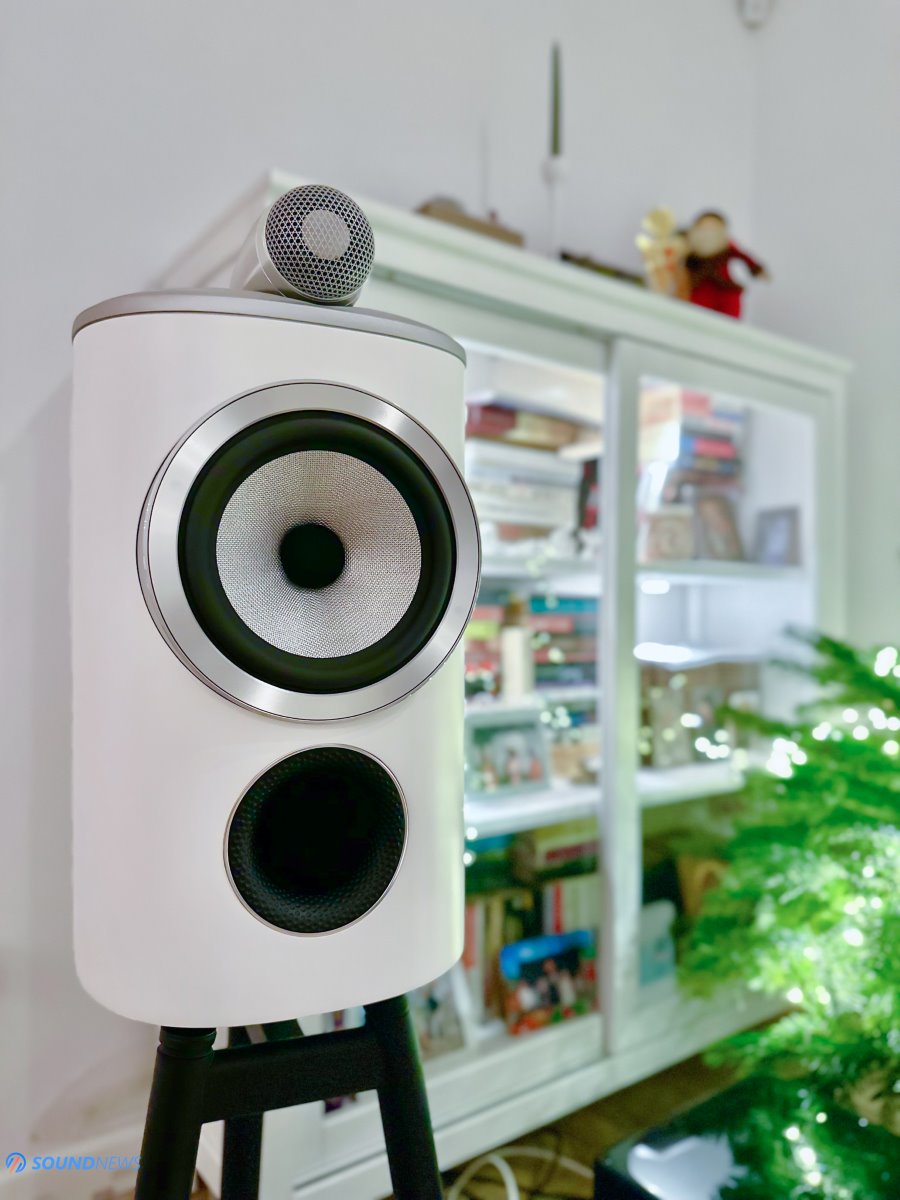
Bowers & Wilkins 805 D4
At the beginning of this year, the Bowers arrived at the test bench for a few days.
Wow! That look! So fashionable and glamorous. I loved their appearance, finish, and overall build quality. These were top-notch in a league of their own. You can see their impeccable starched white shirts and fancy bow ties matching exceptionally well with the look of the EOS. Together they can make an appearance at any high society event and still look like the most elegant, modern, and highly desirable couple out there…
Those tweeters felt their presence instantly, painting a far more detailed and broader image in my room. More sensitive than the Concepts (88dB), Bowers showed a more transparent midrange and articulate presence of the instruments. EOS was dancing far more vividly with the new partner.
The level of detail was completely unconstrained by the tubes and for the first time, I felt that EOS was almost transparent to the source, holding nothing back. It was only the music flowing through the arms of its newest partners.
The Bowers has a sound of their own, you can call it “a house sound” if you wish. It is “excitement”, this is how they sounded to me. Sparkling up top, with a very open midrange, and a punchy bass when the music called for it. It was dynamic, vivid, and highly entertaining. You may love the voice of the Bowers, or you might prefer something different. It’s a matter of taste in the end. What was indisputable was sound refinement, dancing on the reality of true high-end.
I heard the Bowers before on several occasions, even on tube amps with the same push-pull design, using the same Tung-Sol breed. Despite the overwhelmingly beautiful sparkles from those diamond twitters, they were a little bright in the upper midrange. You know when you cringe a little expecting something to go over the line as being harsh? Well, I had that feeling on past occasions…but not with the EOS! Not for a second. Everything was in control the whole time, opening wide, Bowers never sounded harsh or bright to me. That was impressive, speaking about the overall finesse and control of the Trafomatic.
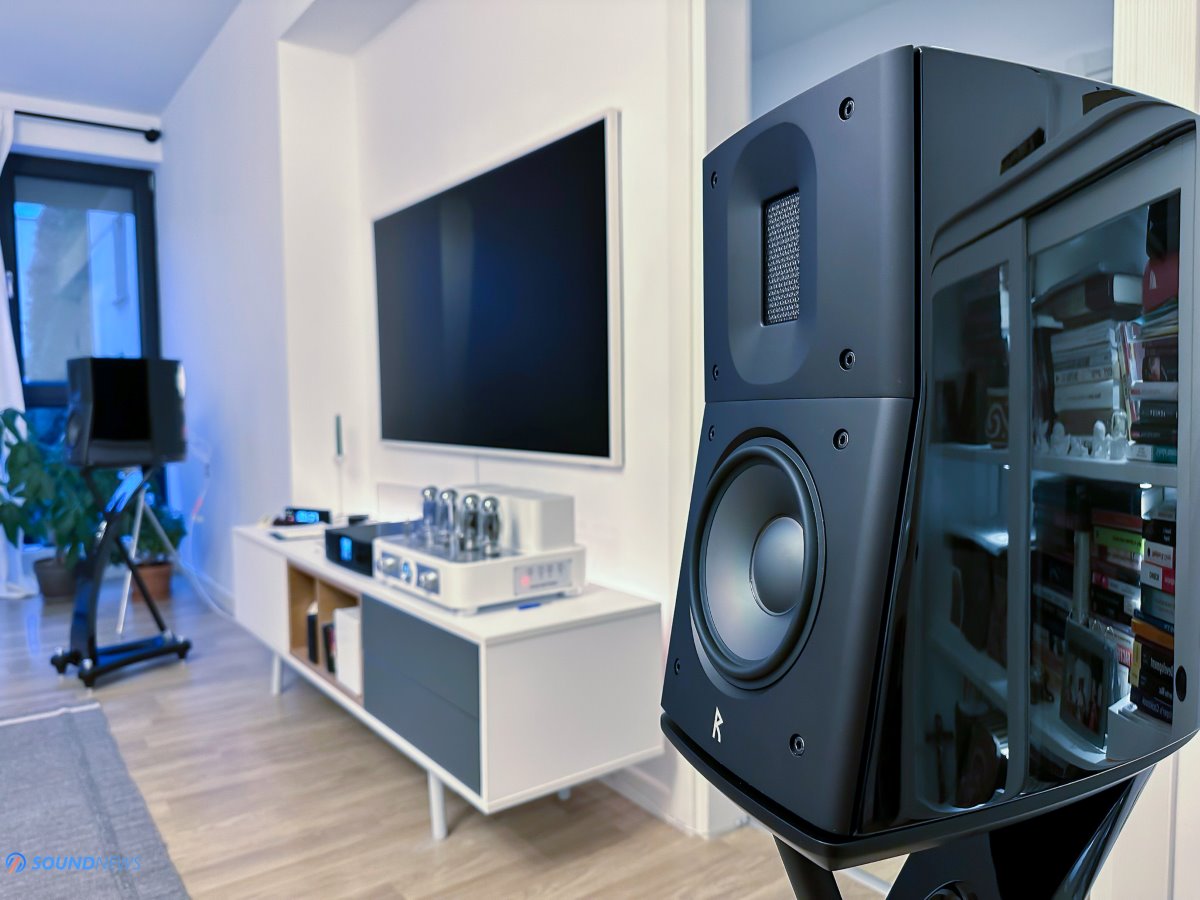
Raidho TD 1.2
When the Vikings arrived at my local dealer, I was caught completely off guard. I did not expect to be invaded so soon by those fearless, incredible raw powerful warriors. I still feel the chill crawling under my skin when I heard the news.
I met Raidho at Munich High-End Show last year and I heard their mighty roar from such tiny cabinets. The ripples of their powerful beats made long-lasting waves after the event. People were still talking about them, as positive reviews and awards started piling up. These are sensational achievements using ground-breaking technologies, materials, and performance.
I had the chance to meet the bookshelves in person at our local Raidho distributor in Romania. What a striking appearance! The devil is in the details and these were impressive in all regards, even if the dealer’s listening room was quite large for bookshelves like that. But the Raidho warriors sounded so big, ferociously quick, and incredibly detailed. Maybe the sub-bass region felt a little underwhelming by the room dimensions, but that is quite evident if we still plan to follow the laws of physics of our universe.
Later on, I had the privilege to take home a loaner pair of Raidho TD 1.2. Not just out of curiosity, but mostly because my demanding goddess needed a new experience to conclude the total control and obedience she would get from her partners and the witness was so beautiful.
If you abandoned all hope following me thus far, enter now as something greater is looming. I will venture into writing the odyssey of these marvelous encounters. Keeping it short, these possess the most detailed tweeters I ever had the pleasure of listening to, yet getting so smooth and musical, without getting offensive at all. These are lightning fast, providing a terrific punch, dynamics, and perfect composure while offering a super transparent midrange. What else can you dream of? The superior materials and the science involved behind them are shown in every aspect.
Without destroying the element of surprise, I can tell you right here and now, crossing my heart… that EOS found a perfect match. Raidho Vikings were following her in perfect harmony. Those planar magnetic tweeters are so damn detailed that you could hear the incoming and outgoing infinitesimal background noise between musical passages, a similar thought that I’m getting from state-of-the-art, monster-detailed headphones like Hifiman Susvara. Believe me or not, but nothing is disturbing the balance, sometimes you can’t grasp how that smoothness is allowed to exist in such a detailed environment. Concluding the breathtaking quality of the EOS I will let some stories unspoiled for a later time, until then let’s get to the next chapter.
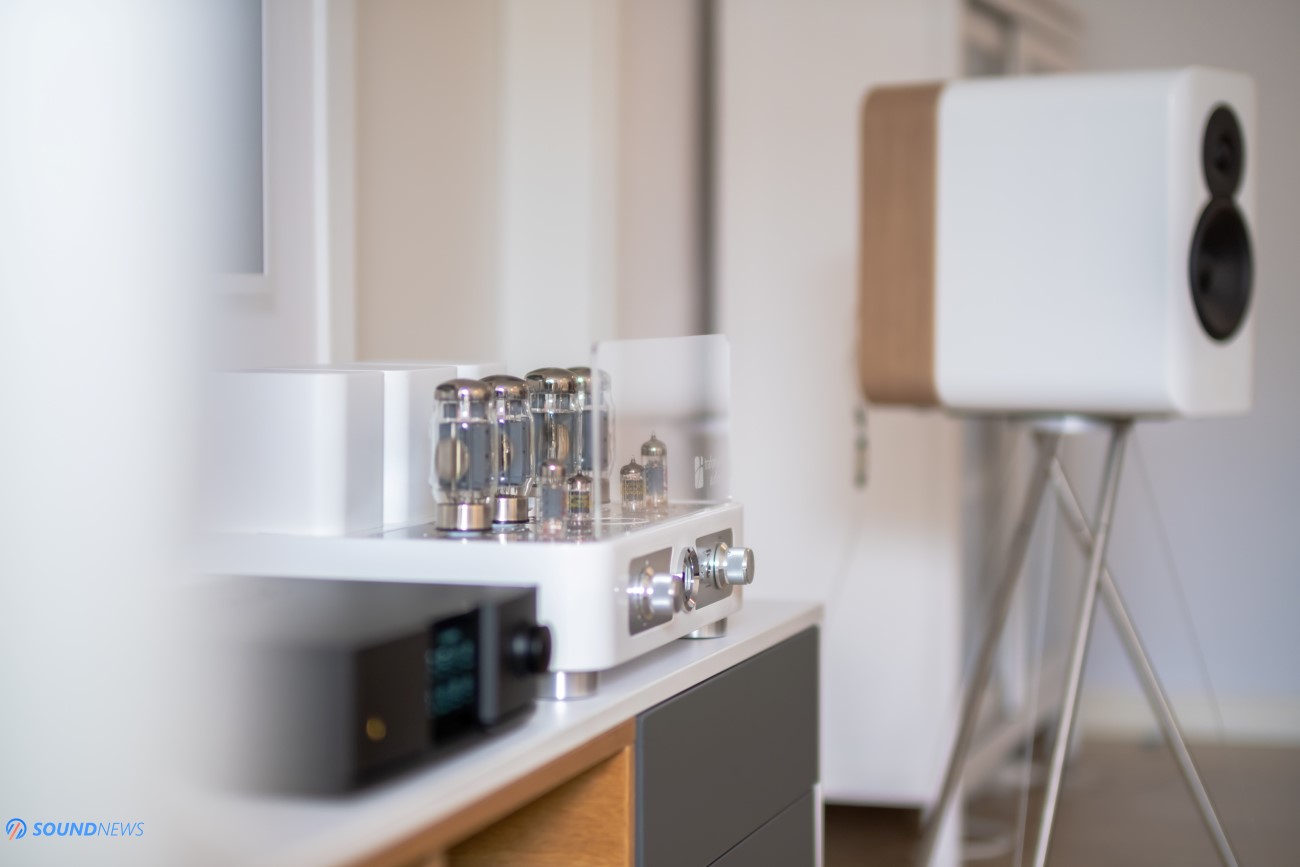
Background Noise
This will be a short one because there is none! I remember now how Naim Uniti Star performed in this regard. Let’s be honest, it never bothered me that a faint background noise could be heard after getting close to the tweeters. It was there but it was audible only if you stuck your ears into the speakers. From the listening place you would never hear that or God forbid, during listening sessions.
Still, it could be better, complete silence in between the notes from any location or angle, from anywhere. No idea what truly happened, it was like magic, as even on super sensitive planar-magnetic tweeters of Raidho Acoustics, EOS was dead silent. That could be some goddess’s dark magic or maybe those higher-quality Double-C core transformers added some blackness. Anyhow, it was impressive and you would not expect this coming from a tube amp, like at all.
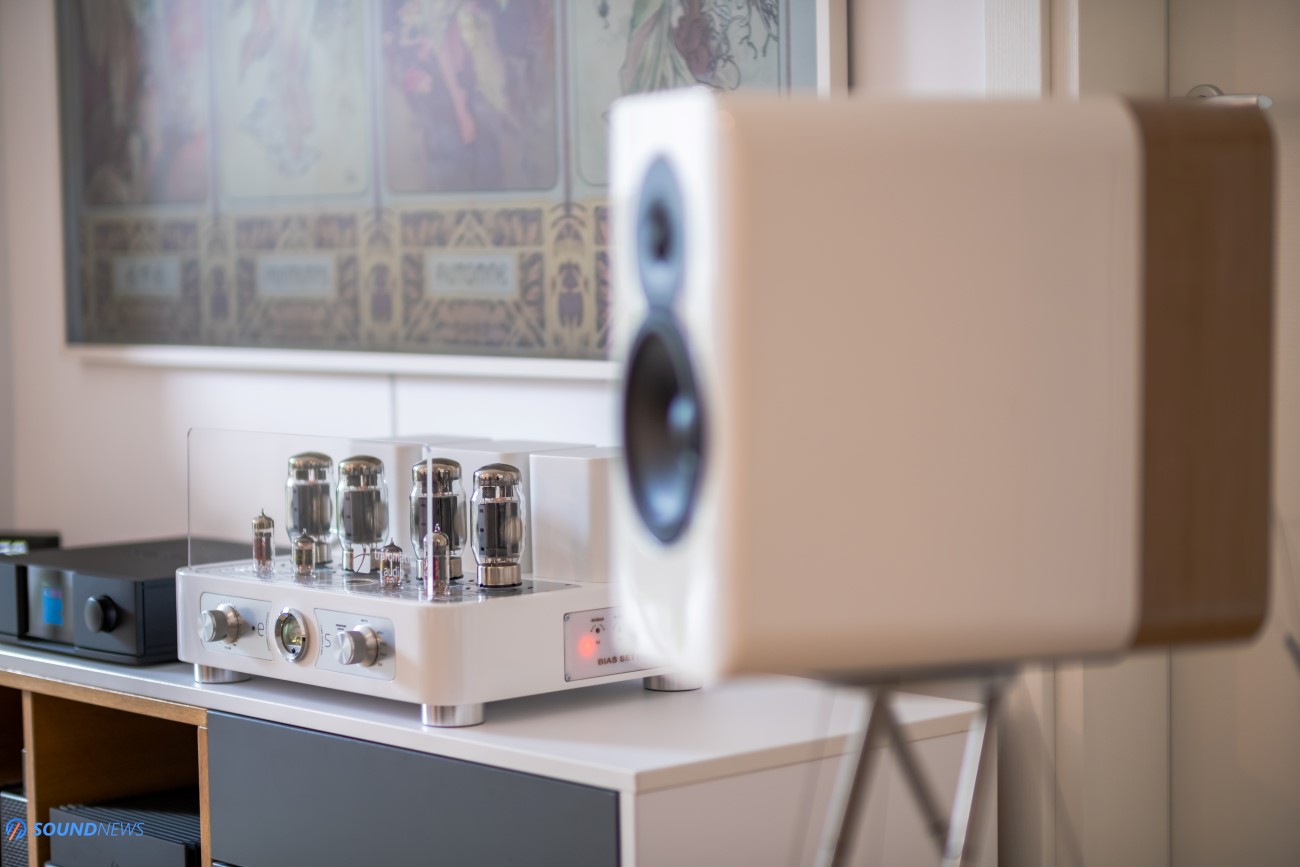
Power Output, Soundstage & Imaging
Trafomatic EOS is a mighty powerful tube amplifier, with a conservative declared 100W per channel output. Some will say that this is it, the number that equals any other power amplifier with the same power ratings, being it Class A, AB, Class D or any other hybrid designs in between. That could be only on paper.
Just try it for yourselves, a 100W per channel Class D amp on the same speakers, with the same source and material. Give a try to a very good one and then compare it with a tube amp having the same power ratings. “WATTS are WATTS” no matter what, right? Does this make any sense anymore? It does not for me.
The power reserve is huge with this one. Trafomatic EOS was effortless the whole bloody time, even with atrociously low sensitivity speakers as 84dB. No other 100W (or higher) per channel analog machine did this in my system, as these tubes banged with hard-to-drive bookshelves. I tried Class A (not humongous, I admit), Class AB, Class D, you name it and none sounded so effortlessly and naturally powerful as this goddess of light.
As for soundstage and imaging, you should expect great results from a tube amp. That is what tubes are known for, right? The soundstage depends a lot on the speakers being used, on their placement in the room, and the room itself. All of this could lead to incredible results if you are willing to experiment.
The imaging is going hand in hand with the layering of the instruments happening within the listening space. If you are lucky or knowledgeable enough to set the speakers correctly, then you be treated greatly. The depth of the music could extend sometimes beyond the width. The stereotype used so often “like you are surrounded by the performers” does not sound like a cliché anymore, it becomes a reality, and it is jaw-dropping my friends.
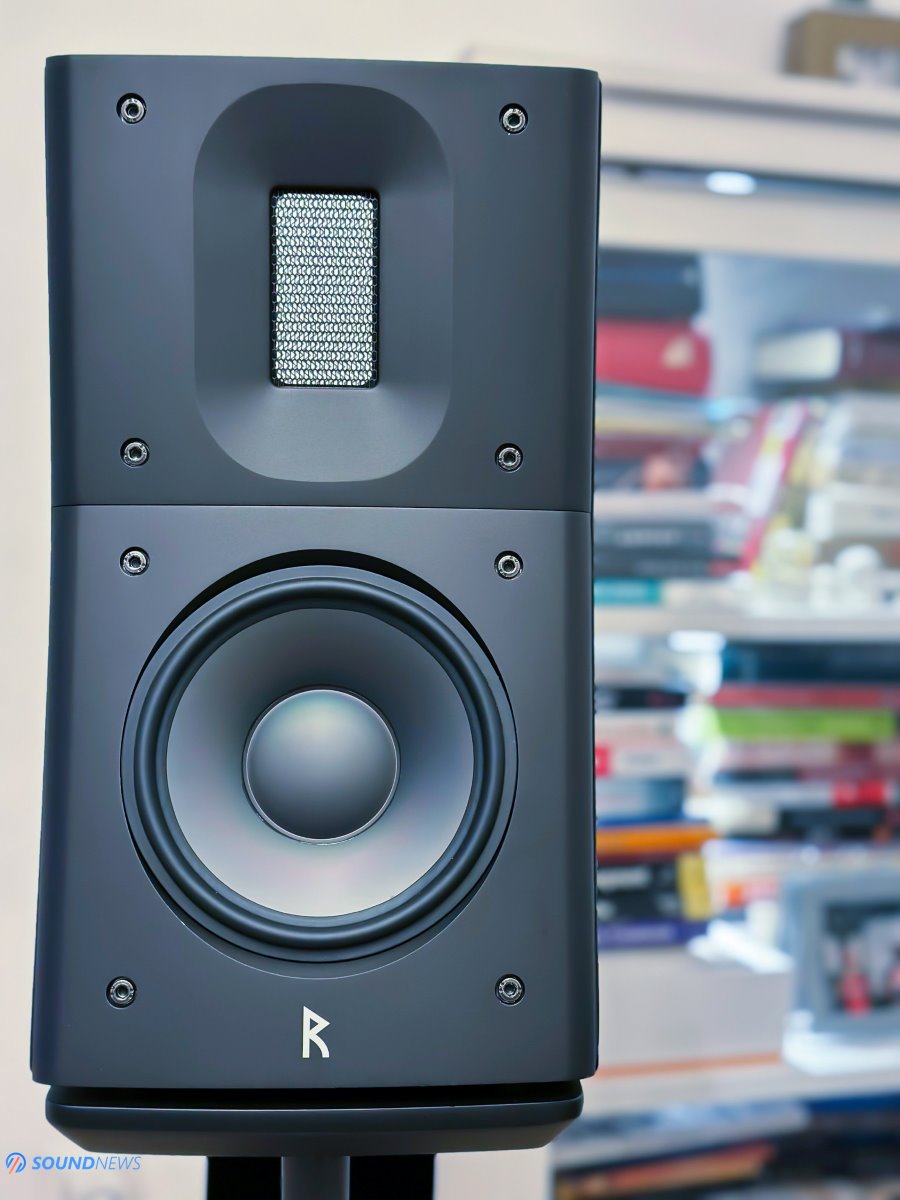
Detail Retrieval & Transparency
It seems that I have lost some words along the way. I would never believe that this level of transparency is even possible. In the end, EOS is not a uber expensive summit-fi piece of equipment. It is quite affordable by modern hi-fi standards and very rewarding if you hear it in the correct environment.
Going forward with the Raidho TD 1.2 pairing, revealed the true nature of this magnificent tube technology. And the remarkable thing is the exceptional matching between a good tube design and a very technical & modern speaker like Raidho. The Danes themselves mentioned somewhere in their marketing materials that impressive results could be achieved with good tube amps, even from lightweight ones that aren’t bringing the thunder.
It’s remarkable how EOS succeeded in translating a perfectly transparent sound, with all the details, emotions, and musicality bonded to the speakers used. I did not expect this level of micro details, smoothness, and pristine effortless power with the Raidho, but it seems I have a great deal to learn…

Rockna Wavedream Signature XLR DAC & Rockna Wavedream NET
One evening, my good friend Sandu (the host of this independent publication) came to visit me with his newly acquired Rockna stack: Wavedream Signature XLR DAC and Wavedream NET. Our goal was a simple one, sharing a beer and enjoying some music with the Trafomatic EOS driving the just-arrived Raidho TD 1.2.
That evening transformed into an eye-opening event. It was the first time when we encounter the phenomenon of amplifier disappearance. We all know how this works with speakers if set up properly. But with an amplifier?
Let me explain it to you, so I won’t sound like a nutjob. The Rockna stack delivered such incredible dynamic swings and refinement that the EOS completely disappeared out of the picture, it was like it was never there from the beginning. The sound drastically changed and that only could ooze from the Rockna Wavedream stack. The change was so dramatic and impressive, that I could never believe how perfectly EOS adapted and carried emotions forward.
Rockna Wavedream Signature is a piece of art, it does not sound like a classic R-2R fellow, like at all. It was so dynamic and technical that even the best chip-based alternatives were left in the dark, eating dust… the Signature was extremely detailed and precise, providing huge dynamic swings, all the flow we could imagine, an incredible punch in the chest while being transparent and natural sounding at the same time. It was a revelation.
But the greatest surprise was the Trafomatic EOS and how well it went out of the pictures making room for those silver giants. Maybe it was a coincidence, maybe a pure synergy, but we couldn’t deny the whole time that the amp was becoming part of the team, a perfect marriage in heaven.
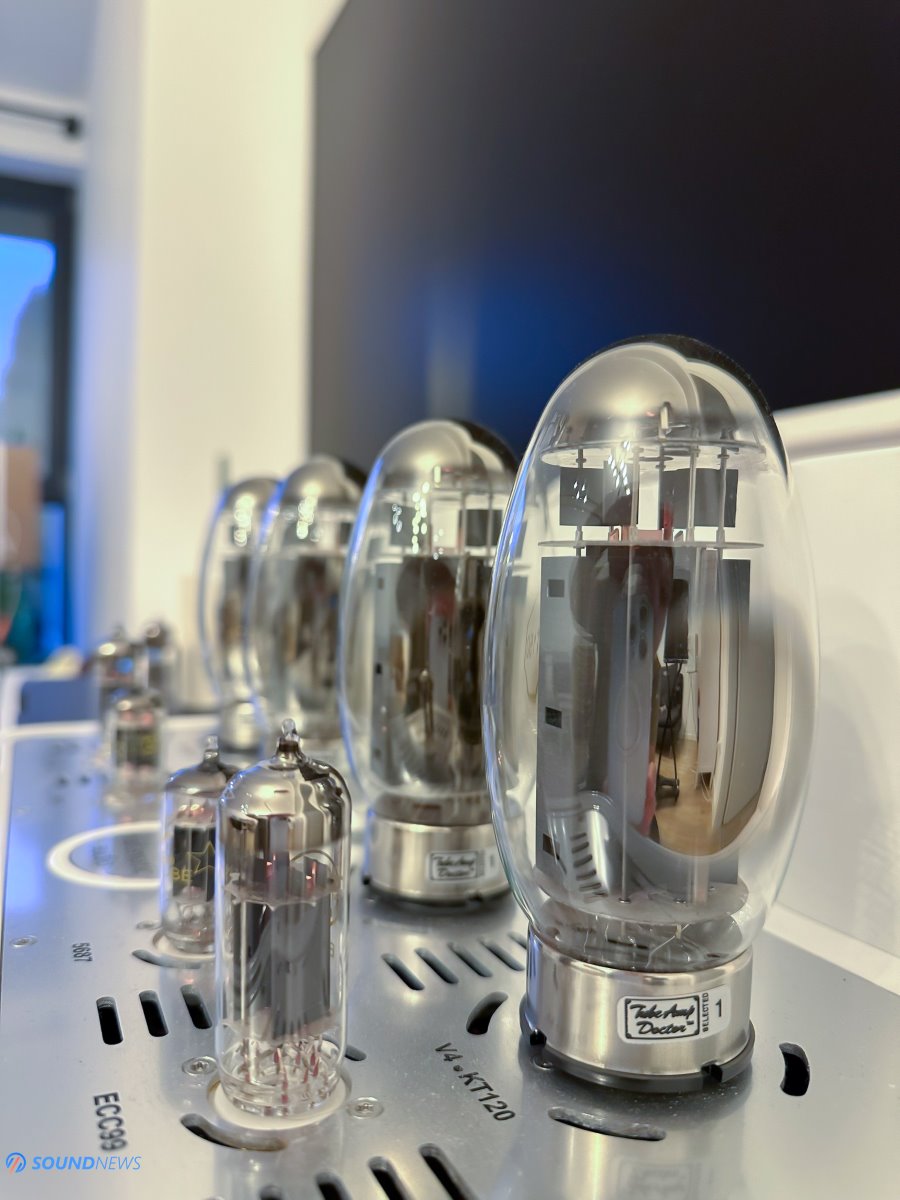
Tube Rolling
I want to stress that if you don’t know what you are doing, then please stop here. It is mentioned in the manual that: changing the tubes repeatedly could lead to loosening of the tube sockets, poor contact over time, and in general, can shorten the life span of your amplifier.
Now, if you want to experiment, then there are a few possibilities that I know of and probably a few more that I don’t. I ended up learning all the hows and whats by trying to acquire a backup set of tubes, finding out quickly that it’s a frenzied world we live in right now. It was very difficult to find replacements for the Quad-matched Tung-Sol KT120 tubes, at least at decent prices. I finally got them in the end, but in the meantime, I found out that the newest and more powerful tubes from Tung-Sol, the KT150 were much easier to obtain. Swapping a few words with Saša Čokić, it seemed okay to use the KT150 instead of KT120 and so, I tried them.
Later on, I upgraded the standard JJ Electronic ECC99 tubes with their golden pin counterparts. That was easy to figure out. I made some research on the 5687 NOS tubes that came with the EOS and found some interesting alternatives, such as Sylvania Gold Brand NOS.
Unless you do not have a real problem finding the original type that came with the product, then honestly it makes little sense getting into that rabbit hole. The changes were not always for the better and the risk of damaging something was high.
1) Tung-Sol KT150
I arrived here out of necessity but out of curiosity as well, and it was the biggest change I could possibly get by tube rolling. For this, I am sure of. The KT150 provides a little bit more power, not by much, but it is supposed to run a little cooler than KT120, being fed with less current (working characteristics of the KT120). Please correct me if I’m wrong, I know I am walking in unknown territory. The change in sound was immediate and palpable, KT150 was faster, more articulate, extending better at both ends of the spectrum. It wasn’t a small change but it was a bigger one with Danish masterpieces. Being an open window for transparency, Raidho’s revealed the biggest differences pretty easily. The downside to this is that you must redo the bias, wait for a proper burn-in, and in general down the rabbit hole you go…
2) JJ Electronic ECC99 Gold Pin
This was a no-brainer upgrade, being the same tube that the amp came with. The only difference is the gold pins contacts that are supposed to make a difference, especially at a time when the normal contacts could get oxidized over time. Other than that, I heard minor improvements in the transient response, and a faster attack, but take that with a grain of salt as honestly, it’s the same tube.
3) Sylvania Gold 5687 NOS
I did not test this tube yet… so I will provide an update once it’s here.
I want to reiterate that we should stop the fear of missing out. This is a real human problem, and it happens in different areas of our lives, from car battery charge levels and phones, to any scarce resources that we need be it sooner or later. It is in our ancestral brain to worry about this. Even if in the manual, the power tubes are rated to last 1000 hours (2 years of normal listening), and the other triodes are even doubling this number, take a step back and relax…It’s a conservative approach that probably doesn’t count for how loud you are listening or how much are you stressing the tubes on a daily basis. All of that could have a great impact on the life expectancy of the tubes.
Just remember how much life expectancy our dear Oppy got in the beginning and how much further it went in the end. I am not saying that those tubes could last ten times more, I wish that would be the case, but have a little faith…
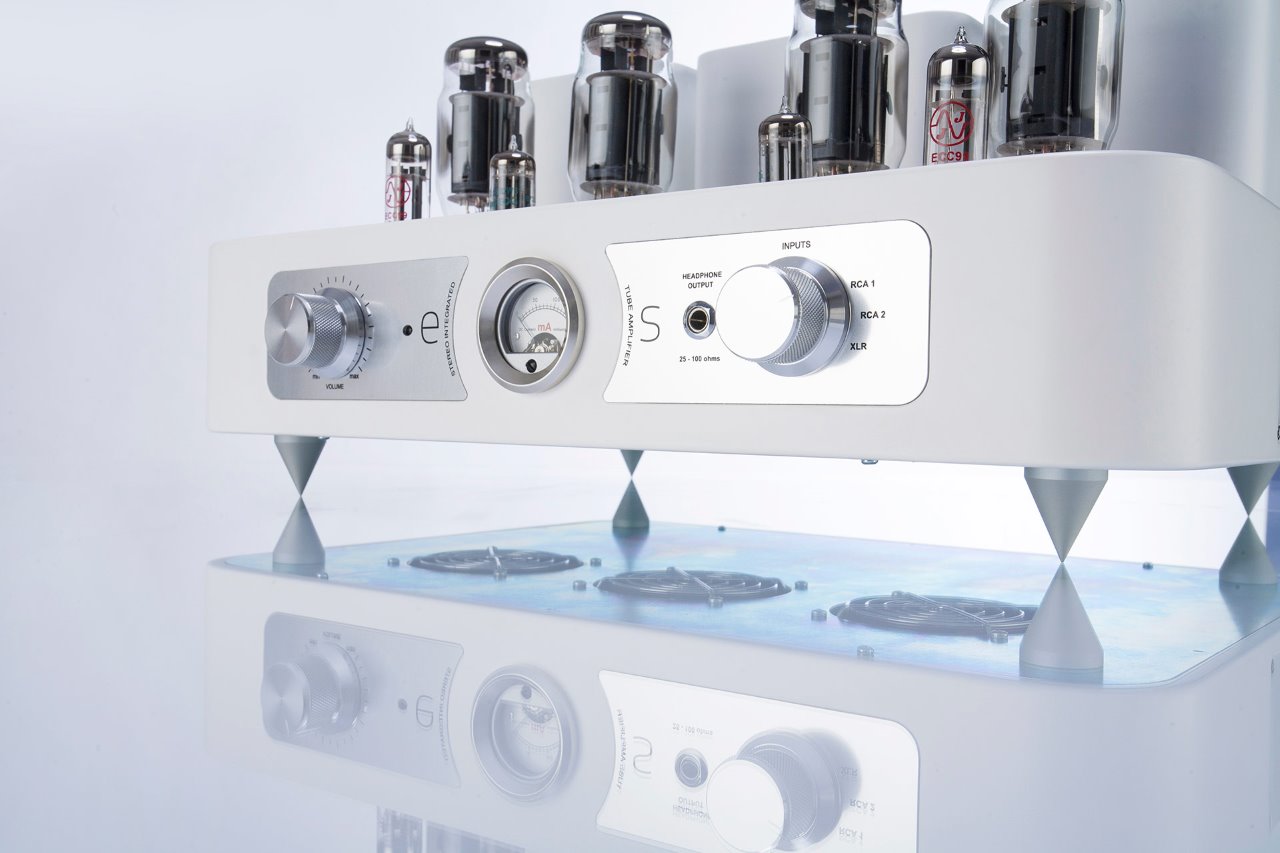
Good night, Oppy!
After 15 Earth years or 5.262 sol, Oppy stopped responding to messages from Earth. Her friends and colleagues who lived by her breathing cycles tried over and over to wake her up from that deep sleep she got caught in. They finally understood that, like for every other thing in this universe, the energy taken should be returned at some point. They knew, of course, that this day will come. It was even expected much sooner. In spite of that, Oppy proved day after day, month after month and year after year that every day could bring new adventures and great discoveries. Like the EOS, our goddess of dawn, Oppy opened her solar panels at the first ray of light and responded to the wake-up song from the planet Earth.
After endless trials on the last day, fellow humans from the control center played the last song for Oppy. It was not the wake-up song anymore, it was “I’ll be seeing you – Billie Holiday, Eddie Heywood and His Orchestra” which was sent that day across the universe. What an emotional understanding of what we truly are, and what matters in the end. Oppy will continue to live in humanity’s memory and who knows, maybe someday, people from the future will meet her again on that red and dusty planet. There is always hope because we, humans, can’t live without it.
That song is now a part of my daily playlist. I played it via EOS with every loudspeaker. I know it is rather poorly recorded but still, that voice is one of the most beautiful humane voices I have ever heard. It carries so much emotion and understanding of human loss, love, and hope.
Maybe I should have written more about the music. All of this is for that purpose in the end. Bringing us closer to the real emotion and beauty of creation. I apologize for that, but next time, I will correct that mistake.
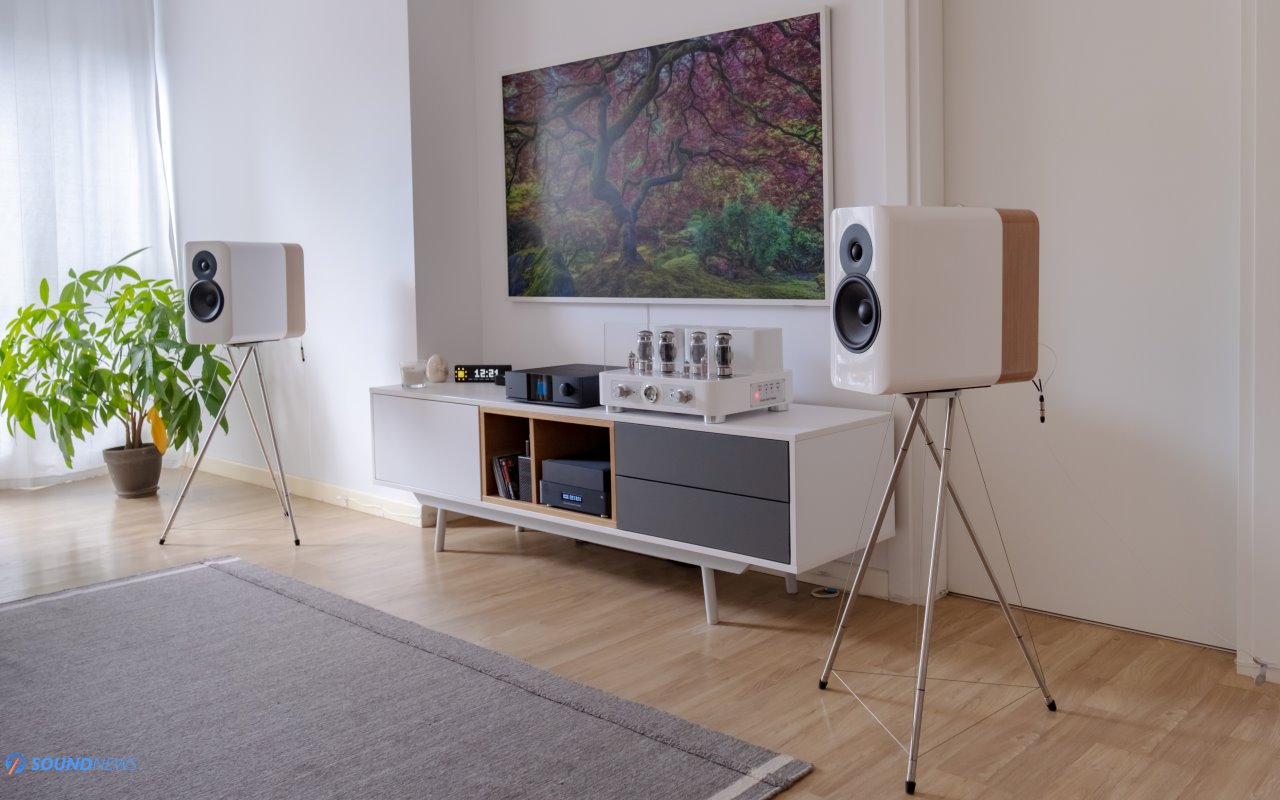
Conclusion
Trafomatic EOS came out as a legendary-sounding creature that reappeared in our surroundings, and it was always an ode for our senses. If you are searching for that tube glory that’s pure and unspoiled, then look no further my dear friends. If you need to drive bookshelves, stand-floors, or hard-to-drive loudspeakers, then the push-pull design would be a logical choice. You probably won’t find better transformers and internal components at this price point and you will need to go much further price-wise for a marginally better sound.
I truly appreciate what Saša Čokić achieved with this beauty and I never felt disappointed. You may find it finicky to play with the manual bias or scared by the space occupied by this mythical beast, but there are no free meals. It does not matter how sweet you can sing a song of love. You must know how to dance along with it. We all need to pay a price in the end.
In my view, Trafomatic EOS is a high-end integrated amplifier and as such it was priced accordingly. It will cost you €8500 in the Europe and $9000 in the USA and you can get one from your local Trafomatic dealer. Considering its immaculate performance on all fronts, I’m honored to award it with our highest Golden Award, it really deserves one. Congratulations to the team and I’m looking forward to their next doings.

Life is short and is all about the journey. As a final hint of what’s to come around these web pages in the future, Raidho is one of the oldest runes which means the journey of life. Together with EOS – the incredible beauty that she is, this could be a wild ride, don’t you think?
Pros:
- Overweight & overkill design
- Incredible build quality
- One of the most powerful amplifiers that mortals can buy
- You have some freedom on tube choices
- 10W of pure Class A power, very little feedback, pure sounding
- Never bright, never dull, great frequency extension
- Dead silent
- Great details and transparency levels
- Truly rewarding even with hard-to-drive speakers
Cons:
- Heavy and large pieces of hardware
- It is running very hot quickly
- Long burn-in times
- Tubes are finicky and have short lifespans
- Not cheap by any means
